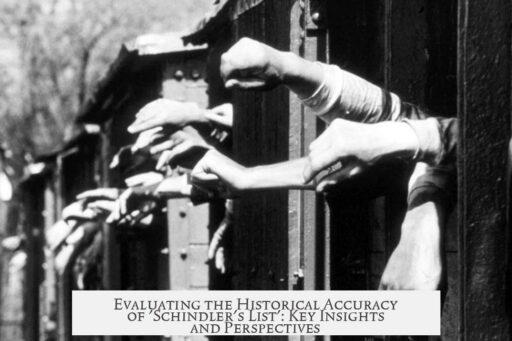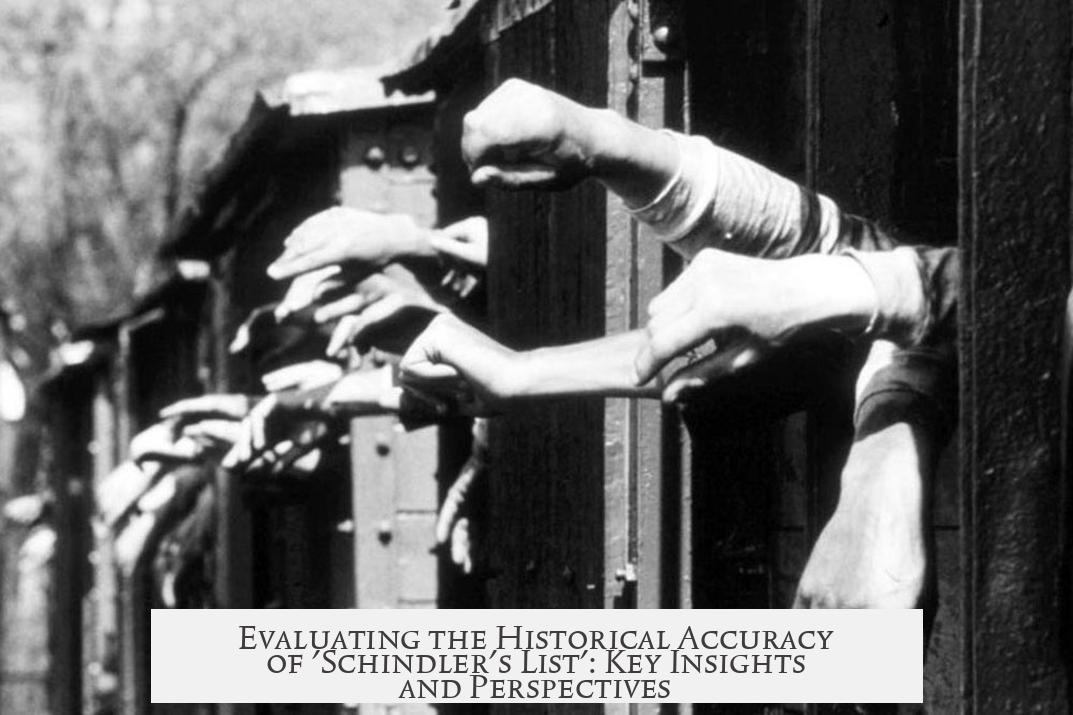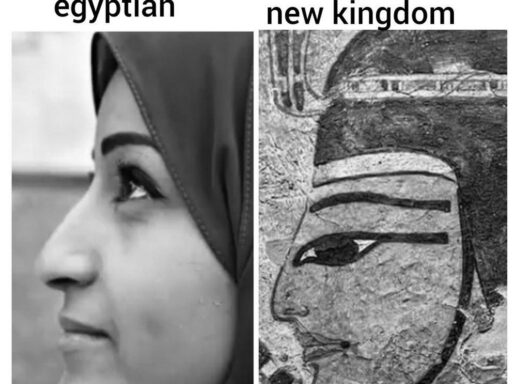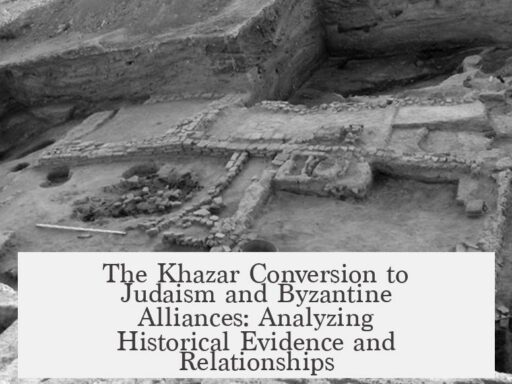‘Schindler’s List’ is historically accurate in its broad outline but takes artistic liberties in many details. The film is an adaptation of Thomas Keneally’s historical-fiction novel, not a documentary. Spielberg’s work draws from real events but shapes them with dramatization for narrative effect.
The movie centers on Oskar Schindler and the roughly 1,300 Jews he saved. It does not aim to depict the Holocaust in full scope, which involved millions across nations. Instead, it tells a focused story about individual heroism amid a vast, tragic context.
The film uses symbolism and fictionalized elements to convey ideas where precise historical records are lacking or to enhance emotional impact. A famous example is the girl in the red coat, a narrative device rather than a literal portrayal. The real girl who inspired this character, Genia, wore a red cap but her story and presence in the film are altered for dramatic purposes. Schindler’s supposed vantage point from Lasota Hill and presence during these events is also historically doubtful. Similarly, Schindler’s mistress in the film is named Ingrid, but his real partner was Marta or Eva, with others linked politically.
Some scenes invent or alter reality to create tension. For instance, the shower room scene where women and children fear imminent gassing never occurred as depicted. At the time, most new arrivals at camps did not know about gas chambers or mass killings. Survivor testimony confirms this scene is fictional but effective cinematically.
The “list” itself—the roster of Jews Schindler saved—is inaccurately portrayed in parts. The movie implies Schindler personally compiled and franticly added names to save more people. Author David Crowe explains that several lists existed, created mostly by others such as Marcel Goldberg, a corrupt Jewish officer. Schindler had a limited role in authoring the list. The myth that he was the prime author partly arose from Schindler’s own embellishments during postwar reparations claims and recognition efforts.
Another key figure, SS officer Amon Goeth, is shown as brutal but toned down compared to historical records. In reality, Goeth committed horrific acts daily: personally shooting prisoners, training dogs to kill on demand, murdering entire work groups in retaliation, and brutalizing women and children during ghetto liquidations. Filmmakers moderated his evil to avoid caricature and keep audiences engaged.
The film has drawn mixed responses from survivors and critics. Some praise its powerful storytelling and role in Holocaust education. Others call parts kitsch or criticize its simplification and dramatization. Historical purists note these liberties but acknowledge the film’s awareness-raising impact.
Beyond storytelling, ‘Schindler’s List’ spurred valuable discourse on the Holocaust. It prompted preservation of first-hand survivor interviews, which contribute to the historical record. Spielberg’s dramatic choices helped bring wide public attention to a complex and brutal subject.
| Aspect | Historical Accuracy | Filmmaker’s Approach |
|---|---|---|
| Basis of Story | Based on real events via historical-fiction novel | Adapted with creative license |
| Scope of Holocaust | Focuses on Schindler’s saved Jews only | Selective storytelling for emotional impact |
| Symbolic Elements | Partial or fictionalized (e.g., girl in red coat) | Used to evoke themes and mood |
| Schindler’s Role in the List | Exaggerated in film; had limited involvement | Mythologized to enhance heroic image |
| Amon Goeth Portrayal | Toned down brutality compared to reality | Tempered evil to maintain believability |
| Shock Scenes (Shower Room) | Dramatized, not historically accurate | Added to raise tension and audience empathy |
Key points about the historical accuracy of ‘Schindler’s List’:
- The film is not a documentary but a dramatization based on a novel inspired by real events.
- It focuses narrowly on Schindler’s actions and saved individuals, not the entire Holocaust.
- Certain scenes and characters serve symbolic, narrative, or emotional purposes rather than strict historical truth.
- Schindler’s role in creating the “list” was smaller and less dramatic than the film suggests.
- Amon Goeth’s brutality in reality exceeded what the film portrays.
- The film includes invented scenes like the shower room to build dramatic tension.
- Despite dramatization, the film increased public awareness and encouraged Holocaust preservation efforts.
For a fuller understanding, consulting survivor testimonies, scholarly works like David Crowe’s book, and critical analyses helps balance cinematic storytelling with historical facts.
How historically accurate is ‘Schindler’s List’?
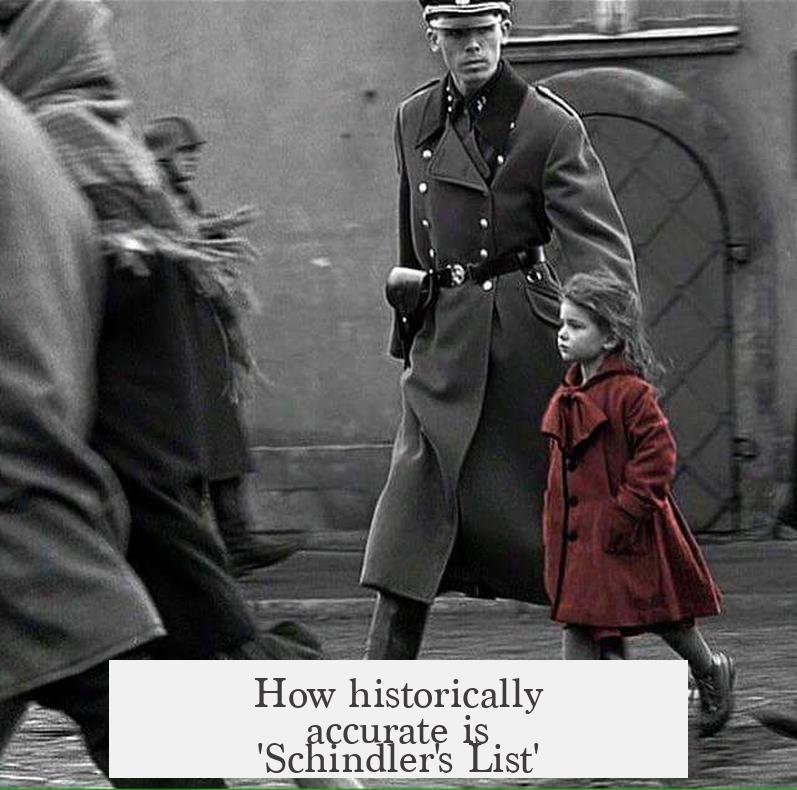
At its core, Schindler’s List is more a powerful narrative inspired by real events than a strict historical retelling. This movie, while deeply moving and significant, takes some artistic liberties to enhance storytelling, tighten the plot, and evoke strong emotional responses. It’s based on Thomas Keneally’s novel Schindler’s Ark, a work of historical fiction rather than a documentary.
So, if you’re wondering how much of the film’s content is exactly what happened, the answer is a bit complicated — and fascinating!
Let’s unpack this, piece by piece.
Not a Documentary, But Not Completely Fiction Either
The filmmakers aren’t trying to create a documentary or a docudrama. Instead, they adapt a novel that mixes fact with narrative elements designed for cinema. Steven Spielberg’s research team definitely dug into historical sources, but at the heart, the story is a dramatized version of real events.
Think of it as a historical poem: it captures the spirit and main facts, but some details get tweaked or condensed for impact.
The Holocaust in a Bottle: Narrow vs. Wide Focus
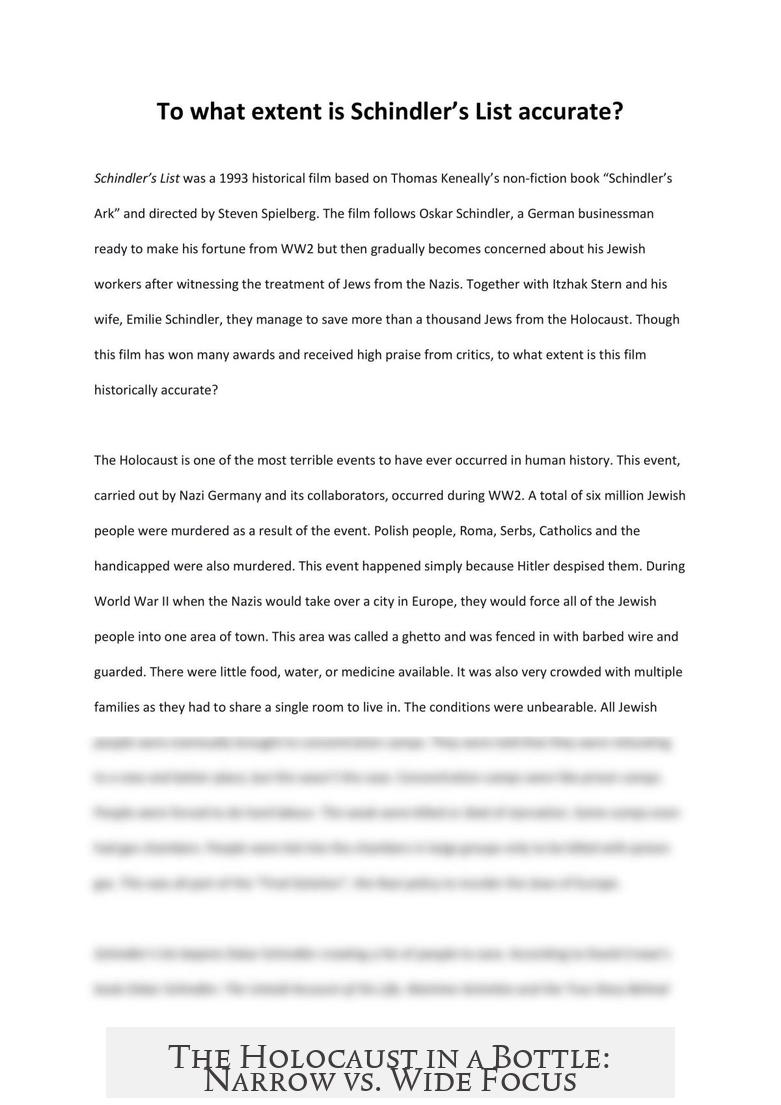
Here’s a huge point critics often raise. The Holocaust was a vast, horrific event involving millions of victims, complex political systems, and deeply entrenched cultural tragedies across multiple countries. It’s impossible to showcase its entirety in a single film.
Schindler’s List zeroes in on one man, Oskar Schindler, and the roughly 1,300 people he saved. It’s a focused story — that narrow lens, while powerful and meaningful, can’t represent the colossal scope of the Holocaust. It’s a chapter, not the entire book.
So, the film’s strength—and its limitation—lies in this focused human story against a much larger tragedy.
Symbolism Over Strict Accuracy
Movies often use symbols to convey complex ideas clearly. Spielberg’s film uses subtle symbolism, like the striking image of a young girl in a red coat amidst a black-and-white scene. This color pop doesn’t just highlight her; it symbolizes innocence amid horror. But did this exact event happen?
Kind of, but no. The real girl, Genia, wore a red cap and was indeed rounded up. However, the movie compresses time and geography — Schindler probably couldn’t have seen her at the moment depicted. This is a blend of fact and artistic license to deepen emotional resonance.
Even Schindler’s mistress’s name changed from Eva or Marta in real life to Ingrid on screen, showing the filmmakers’ choice to alter details for storytelling simplicity or dramatic reasons.
The Shower Scene: Building Tension, Not Reflecting Reality
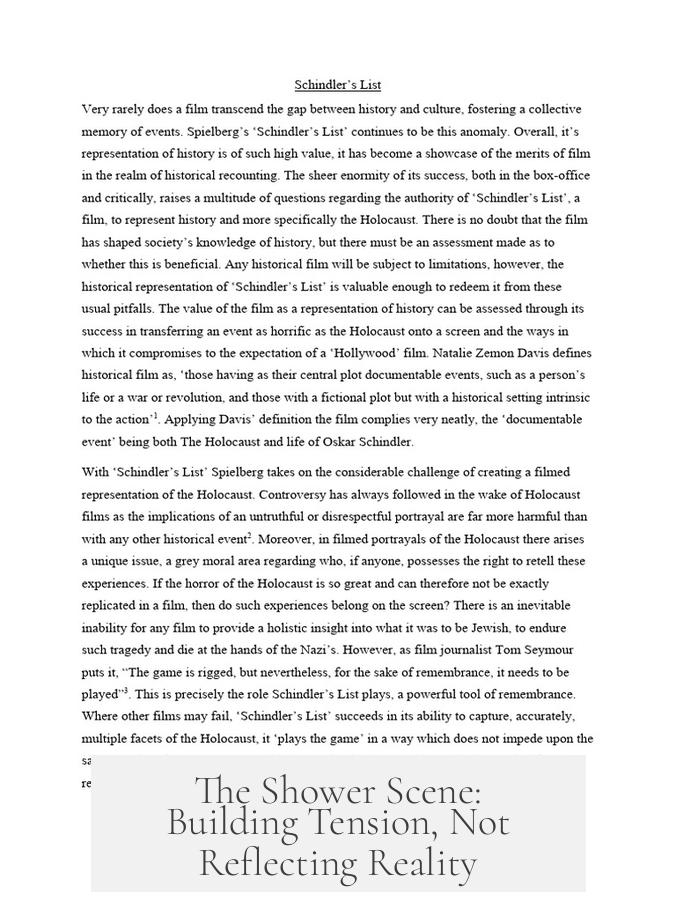
One iconic scene shows women and children being stripped and crowded into a shower room, with anxiety about gas chambers looming in the audience’s mind. Historically, though, those particular victims had no knowledge or fear of gas chambers at that stage — mass extermination tactics were not widely known to them yet.
This cinematic choice serves to build tension and bring viewers into the emotional experience, but it’s not a literal snapshot of what people felt then.
The Myth of “The List” and Schindler’s Role
Contrary to popular belief, Schindler didn’t sit down and feverishly create the famous list himself. In fact, research by historians like David Crowe shows that there were multiple lists authored primarily by others, including a corrupt Jewish official Marcel Goldberg. Schindler suggested some names, but he wasn’t the mastermind behind the actual list.
The legend of Schindler as the sole creator partly comes from his own narrative to enhance his heroic image, especially when seeking reparations post-war. The reality is more complex and diffuse.
How About Amon Goeth? The Villain on Screen

The movie’s portrayal of Amon Goeth, the brutal camp commandant, is intense but toned down. Real life Goeth was shockingly cruel — shooting prisoners from his balcony daily, training dogs to attack inmates, personally killing women and children during ghetto liquidations. The film had to hold back; going full throttle would border on caricature, which could hurt the story’s credibility.
So, what you see? A “simplified” version of extreme evil, but it’s still chilling.
Survivors’ and Critics’ Voices: Mixed Reactions
Reception hasn’t been universally complimentary. Some survivors found the dramatization too sentimental or “kitschy.” Others called it “astoundingly stupid.” This division reminds us that while the film uplifts a heroic story, it doesn’t capture all nuances, and the Holocaust’s complexity can suffer when filtered through Hollywood conventions.
Why We Should Still Care About “Schindler’s List”
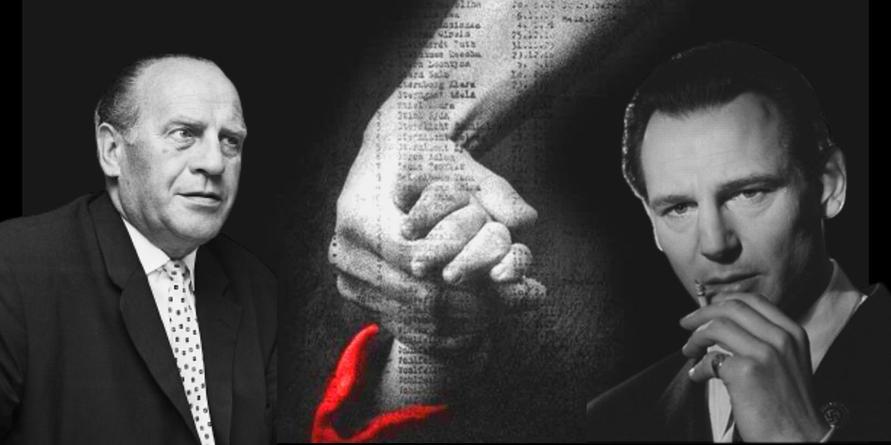
Despite its flaws, Schindler’s List has a lasting positive impact. It spurred widespread discussion about the Holocaust and helped preserve video testimonies of hundreds of survivors, giving voice to history’s often silent witnesses.
Many historians and viewers agree that the film’s educational and memorial contributions outweigh its inaccuracies. Spielberg did something remarkable by bringing this story to a broad audience and sparking empathy and awareness.
In Summary: What’s the Takeaway?
To say how historically accurate Schindler’s List is, the truth is: it’s a compelling adaptation inspired by true events but not a fully reliable documentary.
- It’s based on a historical-fiction book, blending facts with dramatization.
- The story zooms in narrowly on Schindler’s rescue of 1,300+ Jews, leaving out the broader Holocaust context.
- Symbolism (like the girl in red) and character details were altered for narrative power.
- Some poignant scenes, such as the shower room, add tension but don’t reflect historical realities about victims’ awareness.
- The famous “list” wasn’t Schindler’s solo creation, but a complex document involving others.
- Characters like Amon Goeth had their cruelty significantly toned down for the film.
- The film sparked debates, including strong critiques from some survivors and historians.
- It made invaluable contributions to Holocaust awareness and memory preservation.
Practical Tips for Viewers Curious About Historical Accuracy
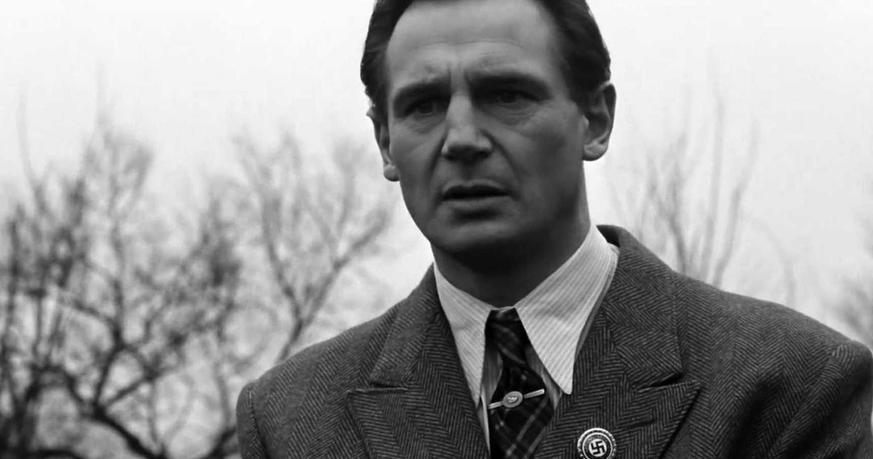
- See the film as a starting point. It’s emotionally impactful but requires further reading to grasp the full history.
- Consult primary sources. Survivor testimonies, historical archives, and books like David Crowe’s Oskar Schindler: The Untold Account provide richer detail.
- Be aware of storytelling techniques. Symbolism and dramatic compression serve to engage viewers, not write history textbooks.
- Engage with survivors’ voices. Their perspectives highlight what films sometimes miss or oversimplify.
Final Thought: In Memory and Understanding
Schindler’s List isn’t a history lesson wrapped in celluloid — it’s a dramatized tribute to courage during one of humanity’s darkest chapters. It humanizes history, making abstract horrors more tangible through one man’s actions. While not purely factual, it opens doors to learning, reflection, and honoring those who suffered and survived.
Is it perfectly accurate? No. Does it matter? Yes, just enough—because it invites us to never forget.
